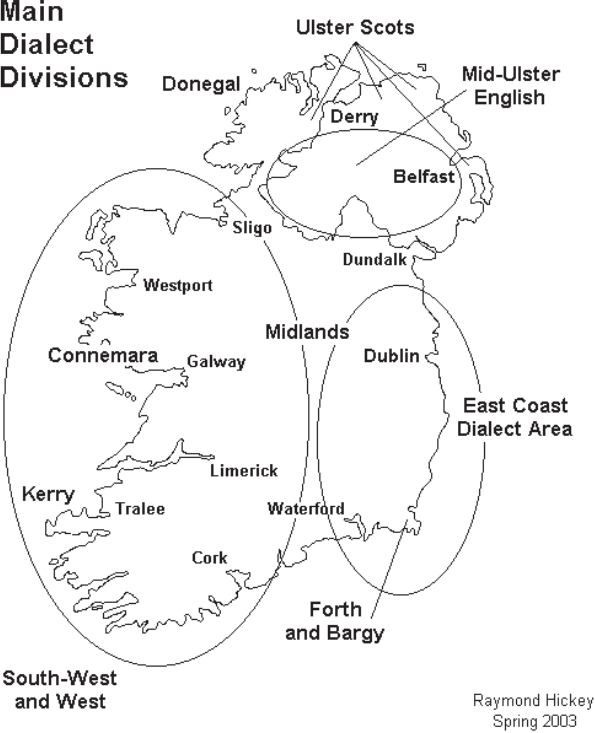

Grammar


Tenses


Present

Present Simple

Present Continuous

Present Perfect

Present Perfect Continuous


Past

Past Simple

Past Continuous

Past Perfect

Past Perfect Continuous


Future

Future Simple

Future Continuous

Future Perfect

Future Perfect Continuous


Parts Of Speech


Nouns

Countable and uncountable nouns

Verbal nouns

Singular and Plural nouns

Proper nouns

Nouns gender

Nouns definition

Concrete nouns

Abstract nouns

Common nouns

Collective nouns

Definition Of Nouns


Verbs

Stative and dynamic verbs

Finite and nonfinite verbs

To be verbs

Transitive and intransitive verbs

Auxiliary verbs

Modal verbs

Regular and irregular verbs

Action verbs


Adverbs

Relative adverbs

Interrogative adverbs

Adverbs of time

Adverbs of place

Adverbs of reason

Adverbs of quantity

Adverbs of manner

Adverbs of frequency

Adverbs of affirmation


Adjectives

Quantitative adjective

Proper adjective

Possessive adjective

Numeral adjective

Interrogative adjective

Distributive adjective

Descriptive adjective

Demonstrative adjective


Pronouns

Subject pronoun

Relative pronoun

Reflexive pronoun

Reciprocal pronoun

Possessive pronoun

Personal pronoun

Interrogative pronoun

Indefinite pronoun

Emphatic pronoun

Distributive pronoun

Demonstrative pronoun


Pre Position


Preposition by function

Time preposition

Reason preposition

Possession preposition

Place preposition

Phrases preposition

Origin preposition

Measure preposition

Direction preposition

Contrast preposition

Agent preposition


Preposition by construction

Simple preposition

Phrase preposition

Double preposition

Compound preposition


Conjunctions

Subordinating conjunction

Correlative conjunction

Coordinating conjunction

Conjunctive adverbs


Interjections

Express calling interjection


Grammar Rules

Passive and Active

Preference

Requests and offers

wishes

Be used to

Some and any

Could have done

Describing people

Giving advices

Possession

Comparative and superlative

Giving Reason

Making Suggestions

Apologizing

Forming questions

Since and for

Directions

Obligation

Adverbials

invitation

Articles

Imaginary condition

Zero conditional

First conditional

Second conditional

Third conditional

Reported speech


Linguistics

Phonetics

Phonology

Linguistics fields

Syntax

Morphology

Semantics

pragmatics

History

Writing

Grammar

Phonetics and Phonology

Semiotics


Reading Comprehension

Elementary

Intermediate

Advanced


Teaching Methods

Teaching Strategies

Assessment
Data sources for Irish English phonology
المؤلف:
Raymond Hickey
المصدر:
A Handbook Of Varieties Of English Phonology
الجزء والصفحة:
93-4
2024-02-21
1248
Data sources for Irish English phonology
In the recent history of Irish English studies there have been two incomplete surveys of English in Ireland. The first was initiated by P. L. Henry and preliminary findings were published in 1958. Nothing more was heard of the project, but the material presented is of value for the study of Irish English up to that date.
The second survey is called The Tape-Recorded Survey of Hiberno-English Speech and was supervised by Michael Barry, then of the English Department at Queen’s University, Belfast. A large amount of material was collected, particularly for the north and approximately 50% of this material, which by a fortunate circumstance was given to the present author in the mid 1980s, has been digitized and is available as two CDs from the present author. The material comes with a software interface to examine the data of the survey which in this form consists of some 80 files (approximately 22 hours of recording). The survey includes both wordlists and free speech.
The Irish English Resource Centre is a website dedicated to all matters pertaining to academic research into Irish English. It is maintained by the present author at the following address: http://www.uni-essen.de/IERC. The resource centre as it stands contains much information on past and current research on Irish English, an online history and overview of Irish English, summaries of issues in the field, biosketches of scholars, details of various corpora and data collections, links to related sites, etc. Importantly, it contains much bibliographical information of use to interested scholars and students. The website is updated regularly with new information as this becomes available. It is intended as a primary source for up-to-date data on topical research into Irish English which can be used liberally by scholars and students alike.
A Sound Atlas of Irish English (Hickey 2005) is a set of over 1,500 recordings of Irish English from the entire country covering urban and rural informants with an age spread from under 10 to over 80 (both genders). A supplied software interface allows end-users to view the recordings in a tree divided by province and county and then listen to individual recordings. The recordings can also be sorted by county, age, gender and rural versus urban speakers. Five of these recordings are available on the accompanying CD-ROM.

 الاكثر قراءة في Phonology
الاكثر قراءة في Phonology
 اخر الاخبار
اخر الاخبار
اخبار العتبة العباسية المقدسة

الآخبار الصحية















 "المهمة".. إصدار قصصي يوثّق القصص الفائزة في مسابقة فتوى الدفاع المقدسة للقصة القصيرة
"المهمة".. إصدار قصصي يوثّق القصص الفائزة في مسابقة فتوى الدفاع المقدسة للقصة القصيرة (نوافذ).. إصدار أدبي يوثق القصص الفائزة في مسابقة الإمام العسكري (عليه السلام)
(نوافذ).. إصدار أدبي يوثق القصص الفائزة في مسابقة الإمام العسكري (عليه السلام) قسم الشؤون الفكرية يصدر مجموعة قصصية بعنوان (قلوب بلا مأوى)
قسم الشؤون الفكرية يصدر مجموعة قصصية بعنوان (قلوب بلا مأوى)


















